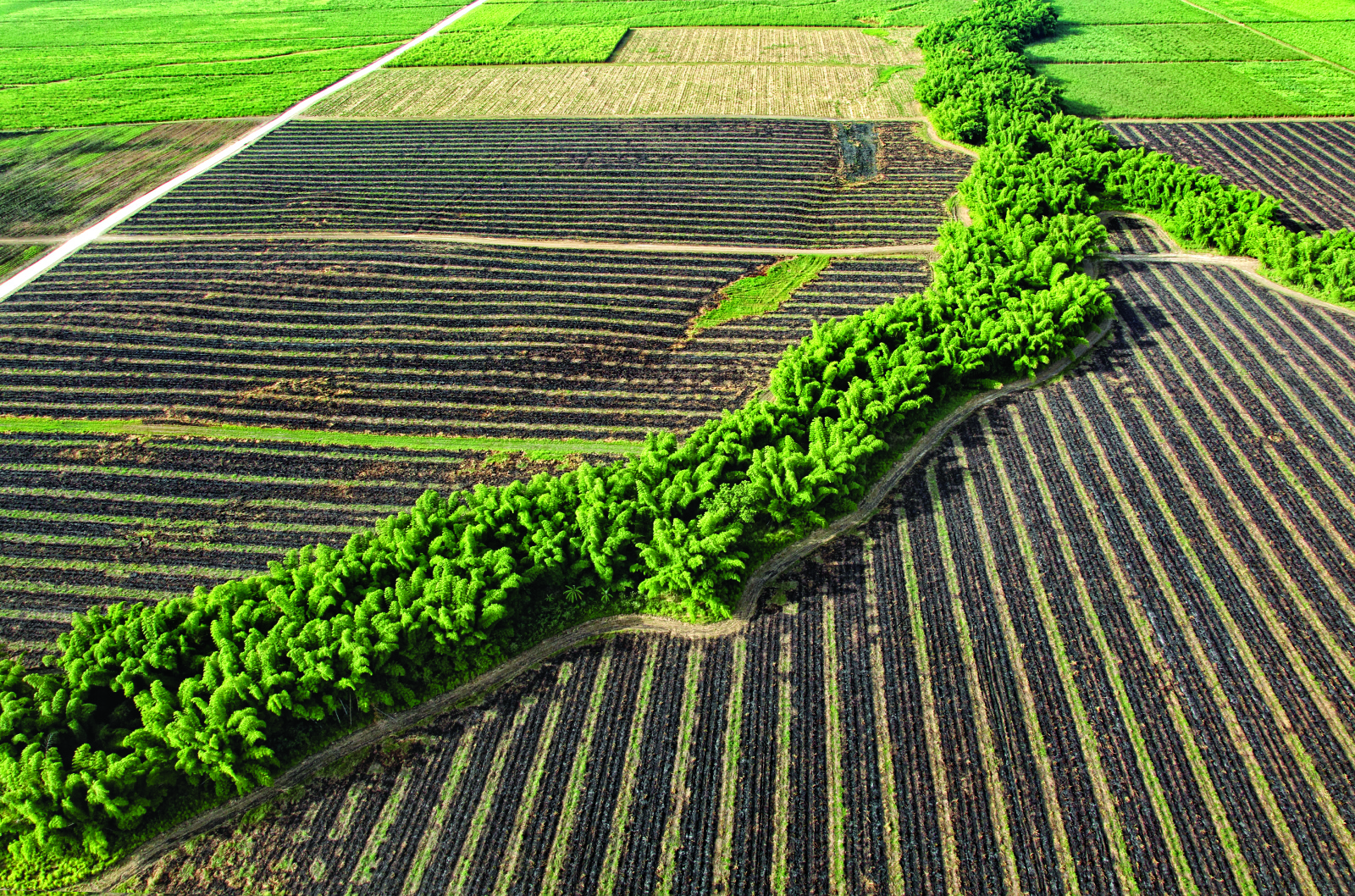According to the Dominican Sugar Institute (INAZUCAR), 545,515 metric tons of sugar were produced during the 2018-19 harvest season. The three private sector companies of the Dominican Sugar Industry accounted for more than 96 percent of all the sugar produced; Central Romana with 319,440 metric tons, CAEI with 142,893 metric tons, and CAC with 63,604 metric tons.
The U.S. market remains the most important one for the Dominican Republic. In 2019, sugar and sugar confectionary exports from the Dominican Republic to the United States amounted to almost U.S. $112 million, a slight decrease from the 2018 total of nearly U.S. $118 million. The DR also receives the largest single-country allocation for raw sugar under the U.S. Tariff Rate Quota (TRQ), and for FY 2020, the DR’s share of the TRQ was around 17 percent.
HISTORY OF SUGAR PRODUCTION
Period of 1980s and 1990s
Historically, sugar has been a mainstay of the Dominican economy; it was the nation’s largest employer and the main source of export earnings. In the late 1980s, the DR was the world’s fourth largest producer of sugarcane. In 1982, the DR had the largest share of the U.S. allocated-TRQ at 17.6 percent.
Sugar production began to decline in the 1980s and further into the 1990s due to both international and domestic factors. One major factor was a decision by the U.S. Government to reduce the size of the sugar import quota due to expanding domestic production. Additionally, due to the differential in U.S. domestic prices, major soft drink manufacturers switched away from sugar to cheaper high-fructose corn sweeteners, leading to reduced demand for imported sugar. At the same time, increasing production in the EU and some developing countries, particularly Brazil, in the 1980s also depressed international sugar prices, reducing them to their lowest levels in forty years. At this time, sugar production in the DR was still primarily concentrated in the hands of state-owned sugar mills which experienced production difficulties in the 1990s. The combination of these factors led to a substantial decrease in Dominican sugar production.
1999 to Present
The Dominican Government decided on a dramatic change in policy to privatize its sugar holdings and in 1999 the government completed the privatization and shutdown of government-owned sugar operations. As a result, there are now three main private groups which continue to produce sugar for domestic consumption and export: Central Romana Corporation (Central Romana), Consorcio Azucarero de Empresas Industriales (CAEI), and Consorcio Azucarero Central (CAC). There is one government-owned and operated mill, known as Porvenir, which produces less than 4 percent of total Dominican sugar.
In addition to the major producers, independent growers and colonos also supply raw sugarcane to two of the three major sugar companies, Central Romana and CAEI. CAC does not purchase any cane from independent growers or colonos. Since 2008 independent growers and colonos have harvested on average 32 percent of the sugarcane crushed; for the 2018-19 harvest, this figure was around 35 percent. Many of the colonos are members of their own association which represent their interests.
Until the last ten years, much of the harvesting in Dominican sugarcane fields was done manually. More recently, the industry led by the three major companies has been moving towards greater automation and mechanical harvesting. The country’s sugar producers have now put in place the necessary technology, equipment and infrastructure to harvest most sugarcane mechanically. However, the three companies also continue some manual cane cutting because the industry recognizes that a complete transition to automation would eliminate employment, which would have a considerable negative economic and social impact on employees, their families, and the local communities.
